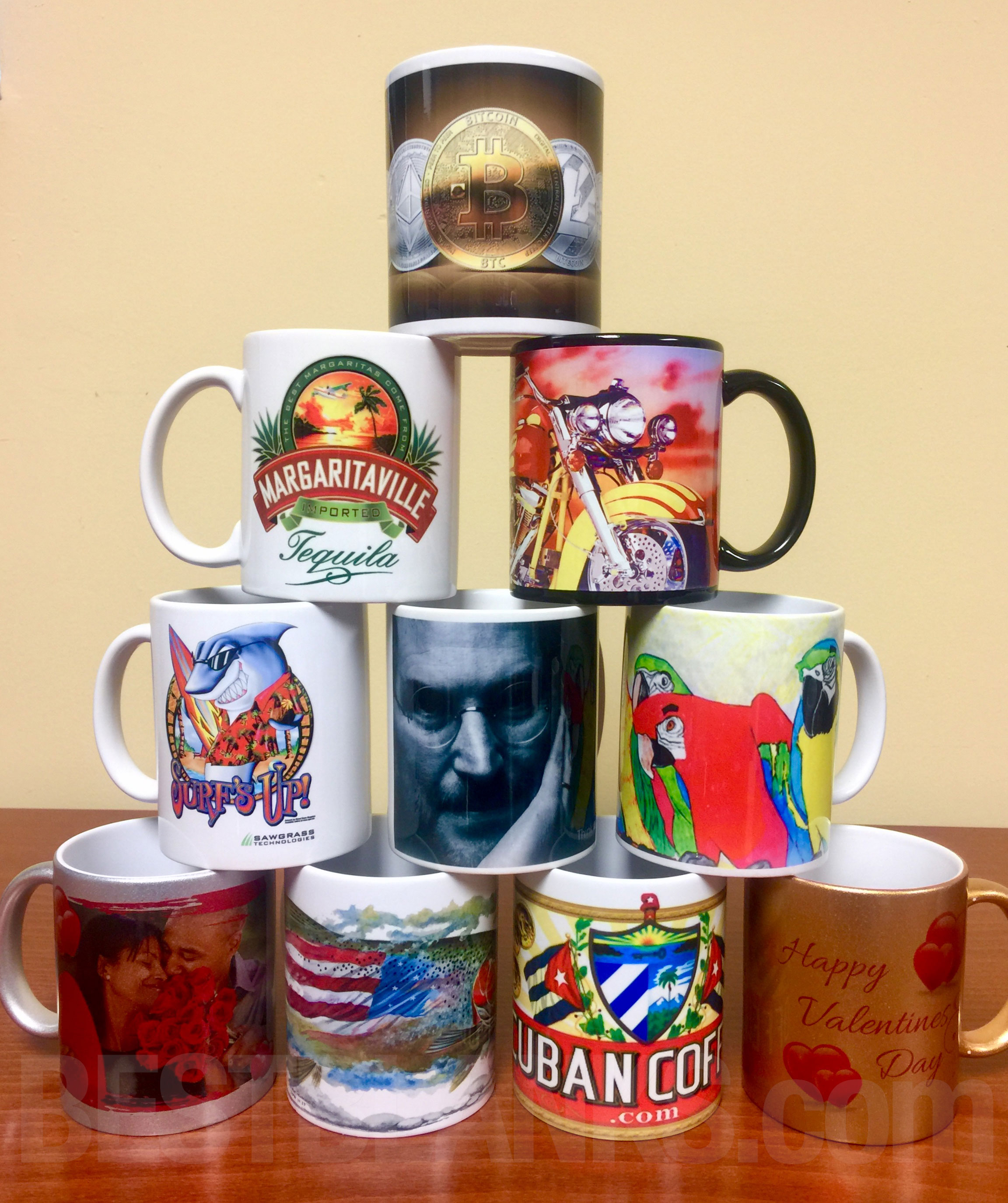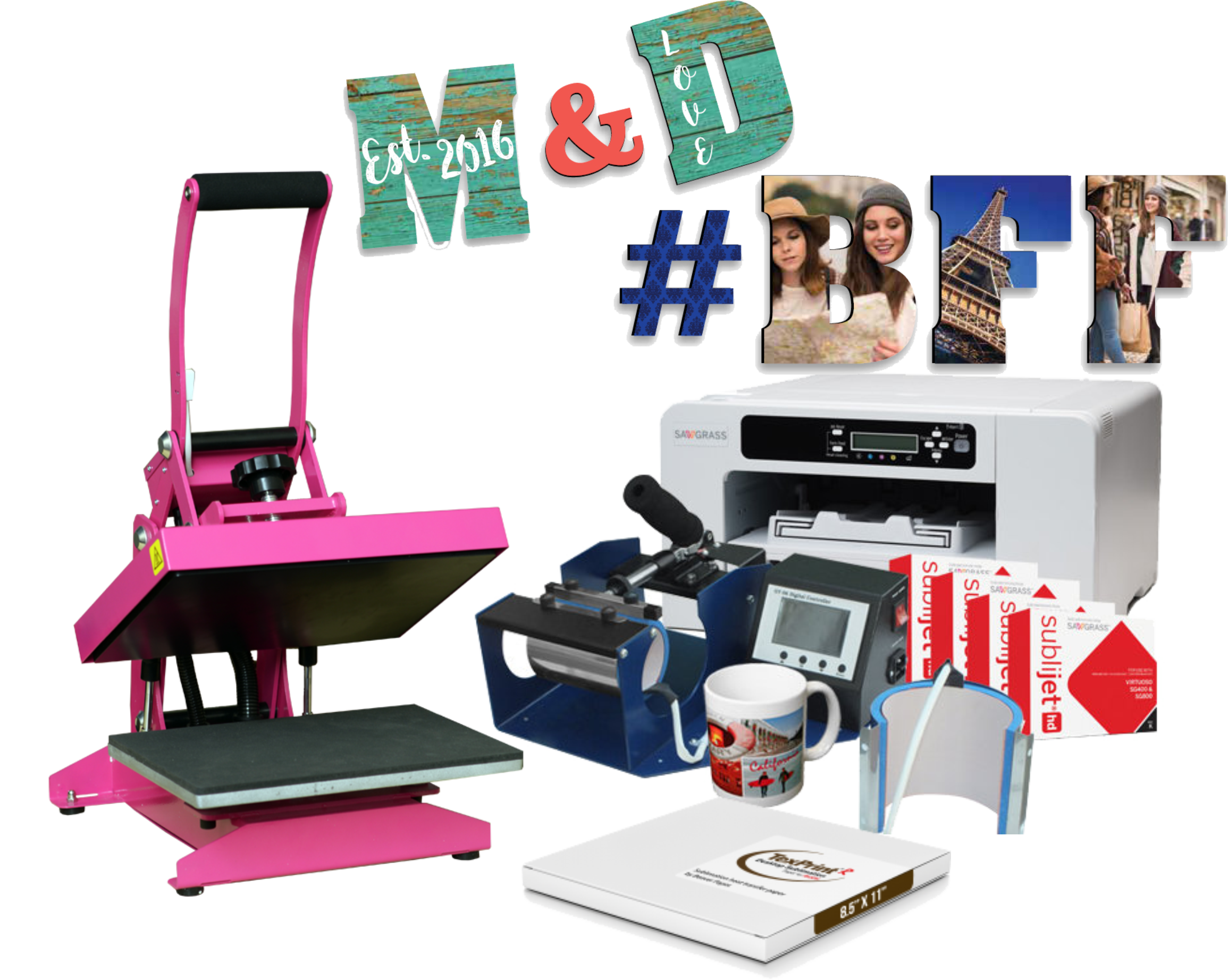The Best Overview to Sublimation Printing for Customized Apparel
Wiki Article
From Typical to Digital: Comprehending the Development of Cloth Printing
The improvement of towel printing from traditional approaches like block printing and stand up to coloring to modern methods such as display and digital printing notes a substantial shift in the textile market. How do these developments influence the essence of towel printing, and what might the future hold for this ever-evolving craft?Conventional Cloth Printing Techniques
In the very early stages of fabric manufacturing, conventional cloth printing methods served as the keystone of textile layout, supplying both capability and imaginative expression. Block printing, one of the earliest methods, included carving elaborate layouts into wood blocks, which were then dipped in color and pushed onto textile.Resist dyeing, including techniques like batik and tie-dye, employed wax or other substances to protect against dye from passing through particular locations of the fabric. This approach produced striking contrasts and complex styles, typically imbued with social relevance. Stenciling, one more standard method, involved reducing patterns into a product and using color through the openings, offering an easier yet efficient means to create recurring designs.
These traditional approaches not just formed the fabric industry's very early advancement however also laid the groundwork for future developments. Each technique mirrored the cultural and regional attributes of its beginning, preserving and sharing artisanal understanding with generations.
The Rise of Screen Printing
The arrival of display printing in the early 20th century noted a significant departure from conventional approaches, supplying unmatched convenience and effectiveness. Screen printing enabled designers to produce complex patterns and vibrant shades on textiles, which were formerly challenging to accomplish with block printing or hand-painting methods.Among the crucial advantages of screen printing is its capacity to duplicate intricate layouts on a big scale with exceptional integrity. This scalability made it immensely preferred in the commercial fabric market, where mass production without sacrificing quality is vital. Screen printing suits a vast variety of inks and dyes, broadening the palette of structures and surfaces readily available to developers.
In addition, the process is highly versatile, appropriate for numerous material types consisting of cotton, silk, and synthetics. This adaptability, combined with its cost-efficiency for large runs, solidified display printing's function as a keystone of modern fabric manufacturing. Hence, the increase of screen printing changed the industry, pressing the limits of what was feasible in textile layout.

The Advent of Digital Printing
Building on the remarkable innovations brought by display printing, the fabric industry experienced an additional groundbreaking development with the development of digital printing. Emerging in the late 20th century, electronic printing reinvented the way styles are moved onto fabrics, offering extraordinary flexibility and efficiency. Unlike typical techniques, which typically needed comprehensive setup and significant manual intervention, electronic printing utilizes computer-aided design (CAD) technology to generate detailed patterns straight onto the material with high precision.This technology has enabled fabric suppliers to meet the expanding demand for customization and on-demand production. By eliminating the demand for plates and displays, digital printing decreases lead times and reduces product waste, making it an extra sustainable option. The ability to print intricate images and a large range of shades in a solitary pass has opened up new innovative avenues for developers, promoting a rise in creative expression within the industry.
In addition, electronic printing supports smaller set manufacturing runs, which is specifically advantageous for particular niche markets and start-up style brands. This technological jump has not just enhanced operational performance but additionally democratized accessibility to high-grade textile printing, establishing the phase for future advancements in fabric design and production.
Comparing Strategies: Standard Vs. Digital
While both electronic and traditional printing techniques have their own one-of-a-kind advantages, they vary significantly in terms of process, efficiency, and ecological influence. Traditional towel printing, incorporating strategies like block printing and screen printing, involves hands-on labor and detailed workmanship.
In contrast, digital printing uses innovative technology to transfer designs straight onto material utilizing inkjet printers. Digital printing is dramatically faster, allowing for fast turn-arounds and just-in-time manufacturing, which decreases the demand for huge stock storage space.
From an ecological perspective, electronic printing is normally extra sustainable. It makes use of much less water and creates very little waste contrasted to traditional methods, which frequently include extensive washing and coloring procedures. Consequently, electronic printing is significantly preferred in an age where environmental considerations are extremely important.
Future Patterns in Cloth Printing
As the textile market remains to evolve, future trends in fabric printing often aim towards better combination of innovation and sustainability. One significant trend is the raised application of electronic printing modern technologies. These advancements permit greater accuracy, quicker manufacturing times, and the capacity to develop intricate designs that were once challenging with typical methods. Digital textile printing is expected to dominate the market, driven by its performance and adaptability to customer demands for personalized and limited-edition items.
In addition, the unification of wise fabrics, which integrate digital parts into materials, is set to revolutionize the market. These fabrics can provide extra capabilities such as temperature level guideline, health and wellness monitoring, and interactive functions. As innovation remains to advancement, the crossway of electronic printing and wise textiles will open new avenues for practical and creative applications in fabric printing.
Final Thought
The development of cloth printing from standard approaches to electronic technologies marks a considerable change in the textile market. While standard methods highlight artisanal workmanship and social heritage, digital printing uses unparalleled precision, performance, and modification. This shift not only improves production capacities yet also supports sustainability initiatives. Future patterns are most likely to proceed integrating innovative innovations, better redefining fabric layout and manufacturing processes to fulfill ecological factors to consider and modern demands (Branded clothing).The makeover of fabric printing from typical techniques like block printing and withstand dyeing to modern techniques such as display and digital printing notes a Branded clothing considerable shift in the fabric industry. Screen printing enabled developers to produce intricate patterns and lively shades on fabrics, which were formerly challenging to accomplish with block printing or hand-painting approaches.
Building on the exceptional innovations brought by screen printing, the textile market experienced an additional groundbreaking development with the advent of digital printing. screen printing. Standard fabric printing, incorporating strategies like block printing and screen printing, involves hands-on labor and detailed craftsmanship. As innovation continues to advance, the crossway of digital printing and clever textiles will open up brand-new methods for functional and innovative applications in towel printing
Report this wiki page